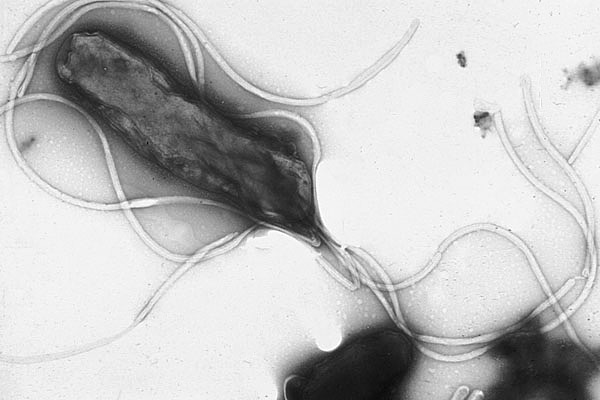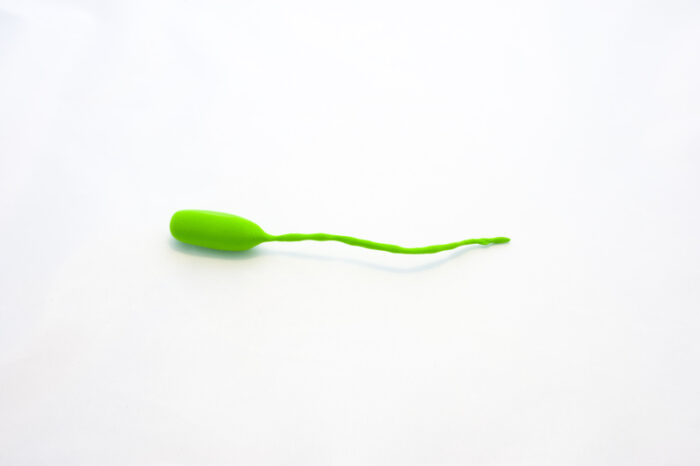Bacteria are some of the smallest forms of life on Earth.
Only a few microns long (a micron is one millionth of a metre), these single-celled organisms live nearly everywhere. In soil, in water, in trees, deep in the Earth's crust, in radioactive waste, and, importantly, inside all of us. Some bacteria spread disease, others recycle nutrients and improve our digestion and health. But alongside another microorganism group, archaea, bacteria are everywhere.
They are some of the oldest lifeforms on Earth. The first bacteria and archaea appeared around 3.5 billion years ago, kickstarting the long, long process that resulted in worms, fish, insects, dinosaurs, mammals, birds, and, finally, humans. Yet despite them existing for around three-quarters of the entire lifespan of the planet, there are still mysteries about these organisms.
Now, thanks to new breakthrough research, one of those mysteries has been explained.
How they move.
Spin and twist
Scientists have long known that bacteria and archaea used long tail-like structures called flagellum to move through water. The flagellum are coiled, like a bed spring or a Slinky toy. To move, the bacteria and archaea spin and twist them, like a propeller.
Sounds cool, but exactly how do they move them? After all, these are super tiny microorganisms. They don't have muscles like other animals do.
To discover their secret, scientists used a technique called cryo-electron tomography. It freezes a cell, tissue, or organism. Then this sample is scanned by an electron microscope from many angles, until a 3D image is created.
This technique allows researchers to create an accurate model of the the living thing's molecular structure. The model is called a tomograph.
Changing states

A bacteria with multiple flagellum. (Wikimedia Commons)
What they found from these tomographs of the bacteria and archaea 'tails' was super fascinating.
The flagellum are made up of chains of molecules called protein filaments. (Proteins are an important of our own bodies, including muscles, bones, skin, and hair.) These protein filaments could exists in several different 'states', or forms. Bacteria's could take 11 different states, archaea could take 10.
To 'move', the filaments shifted from state to state. Each time the filaments changed state, it would cause the flagellum to change its overall shape. And so it would move. Depending on the type change that was made, they would spin in a certain direction or speed. This let them move straight ahead, left or right, up or down, faster or slower. Remarkable!
Convergent evolution
The really cool thing about this is that bacteria and archaea use a similar, but not identical, system to move. This is what is known as convergent evolution.
That is what happens when different species evolve to use a closely related system, but arrive at that solution independently from each other. According to University of Virginia biochemist Edward Egelman, who worked on the study, "As with birds, bats, and bees, which have all independently evolved wings for flying, the evolution of bacteria and archaea has converged on a similar solution for swimming in both."
What this theory says is that when presented with a problem—such as how to move around—very different living things will come up with similar ways to solve that problem. This theory suggests that even life on other planets could ultimately have many similarities to some form of life here on Earth. Wow!
Okay, that's enough mind-blowing evolutionary science for one day. Be sure to say hello to all of those spinning, swimming bacteria out there!
 Many bacteria have flagellum for movement. They look simple, but how they move is pretty complex. (ID 136292925 © Ivan Shidlovski | Dreamstime.com)
Many bacteria have flagellum for movement. They look simple, but how they move is pretty complex. (ID 136292925 © Ivan Shidlovski | Dreamstime.com)









